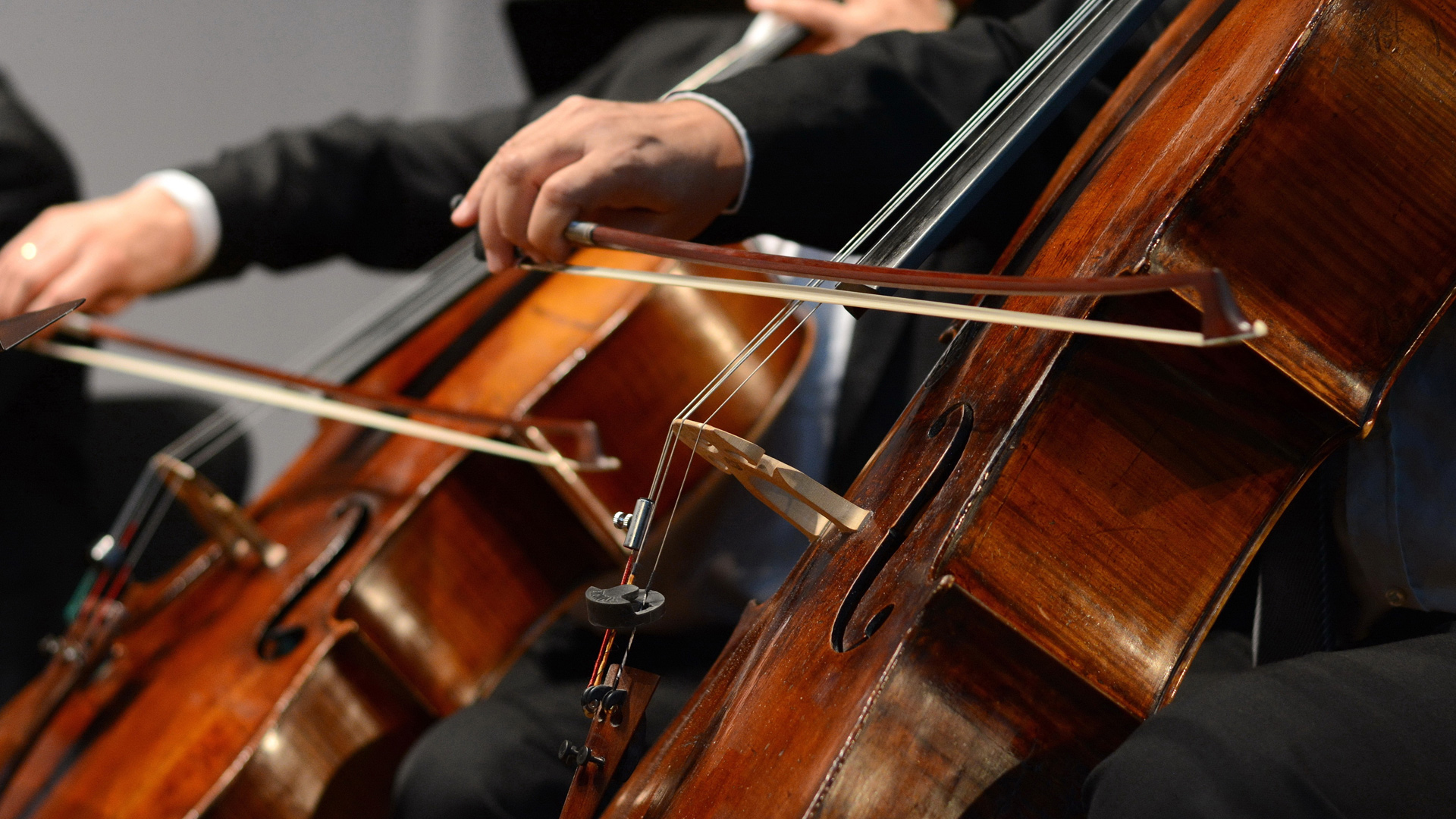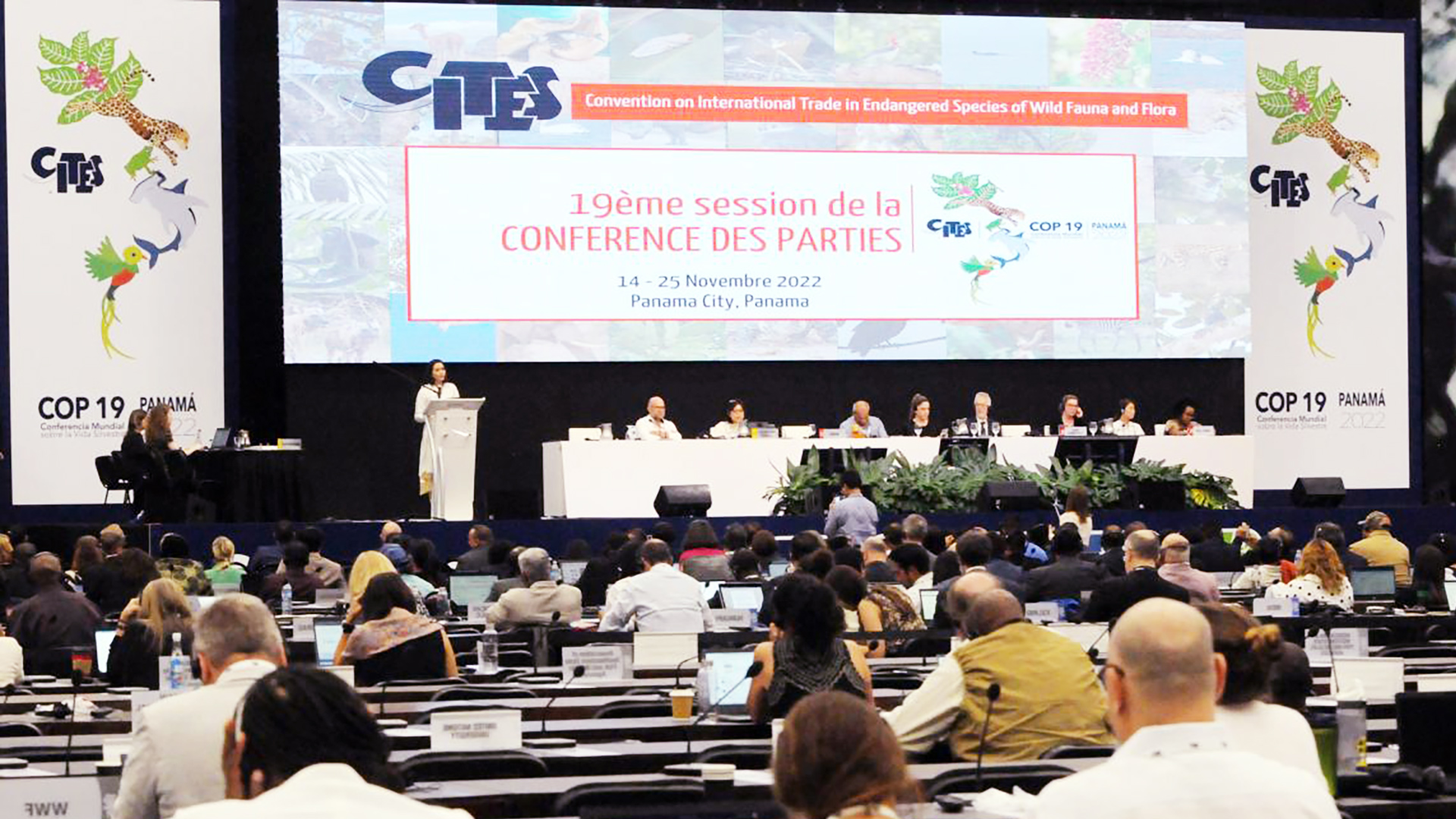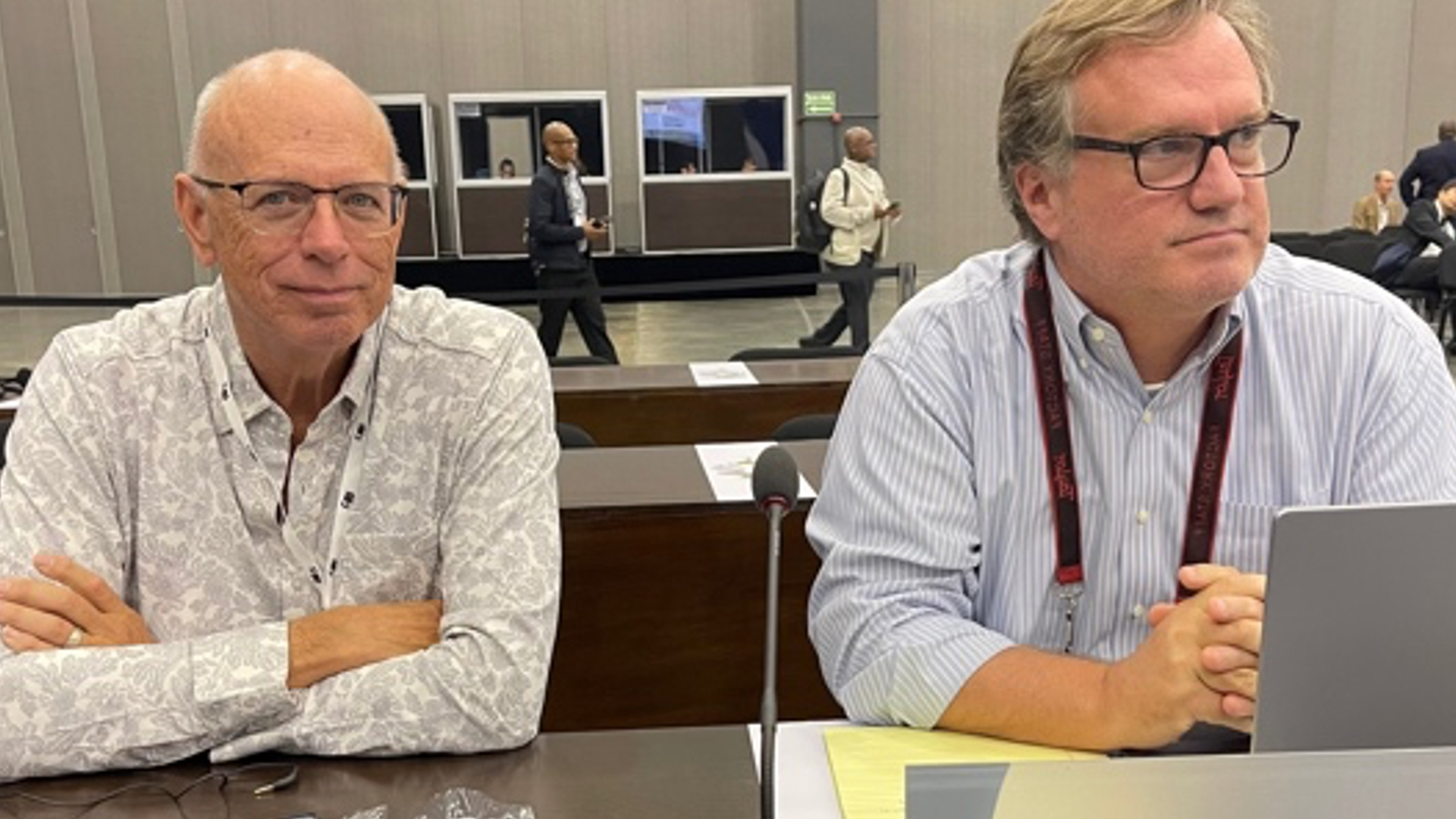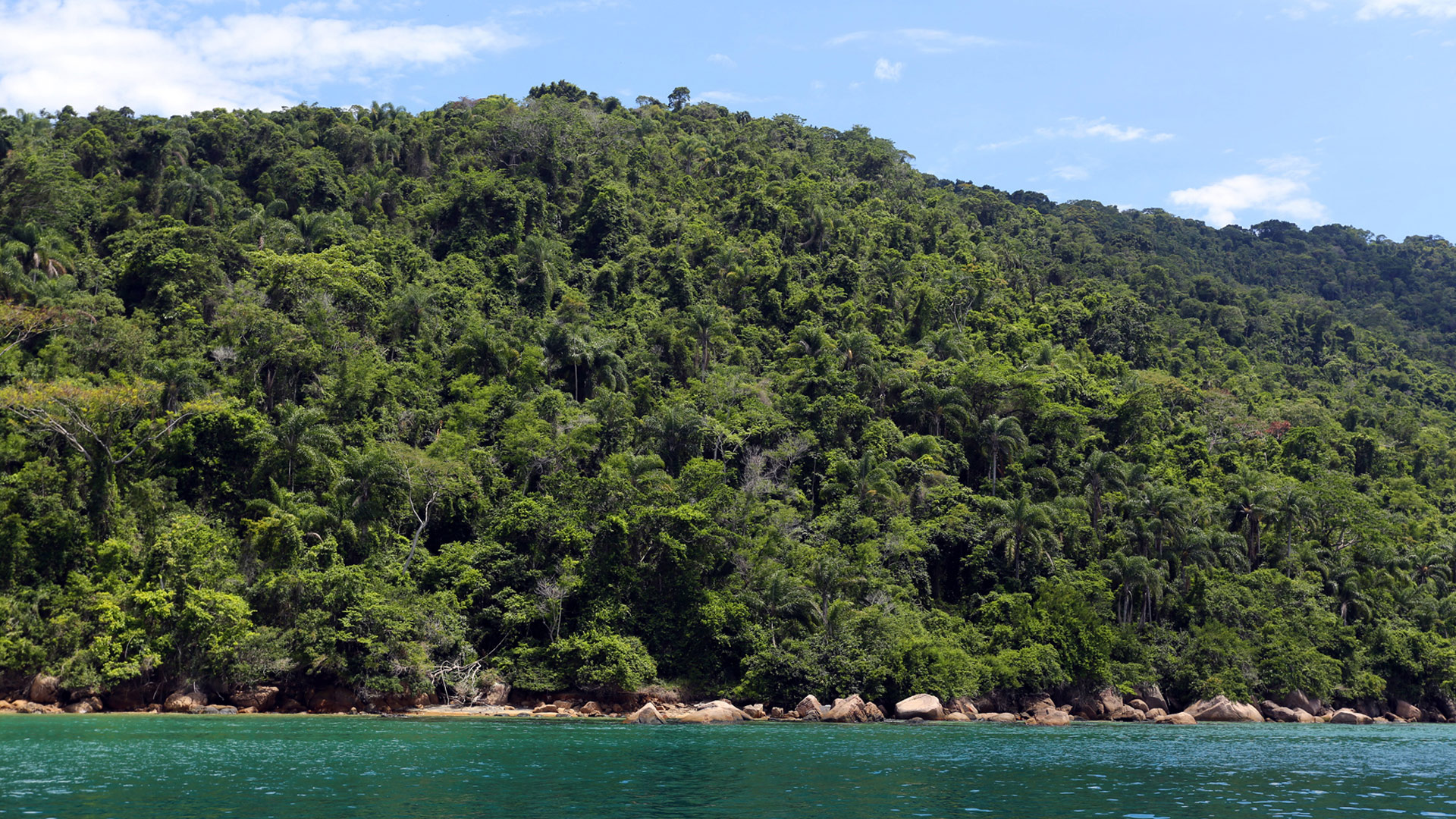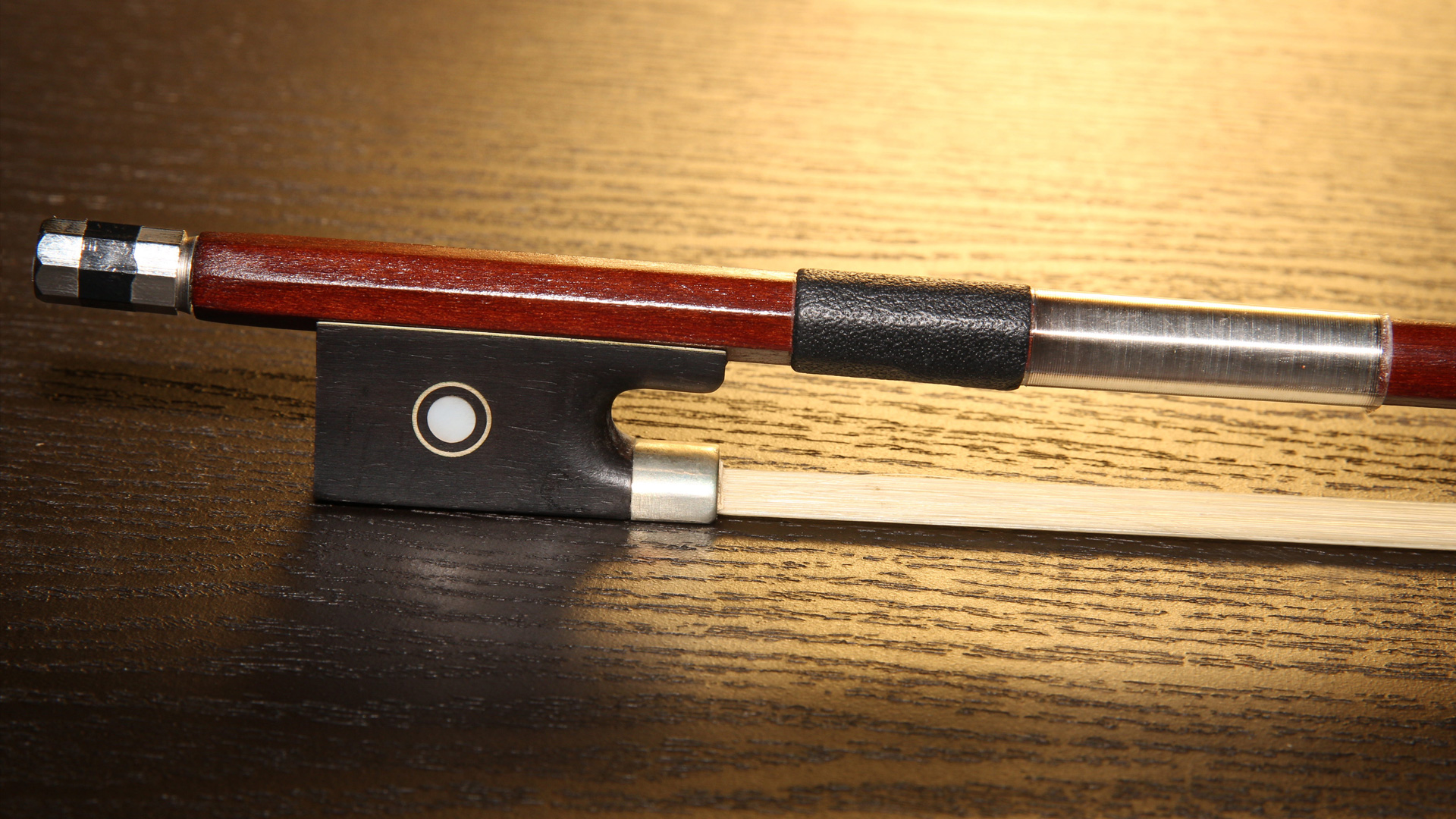In mid-November of 2022, Bob Taylor and I traveled to Panama City, Panama, to attend the 19th meeting of the Conference of the Parties (CoP) to the CITES Convention, held November 14-25. I’ve previously written about CITES, which is short for the Convention on International Trade in Endangered Species of Wild Fauna and Flora. The conference, an event that has taken place roughly every three years since 1976, was established to help ensure that plant and animal species are not adversely impacted by international trade. Taylor Guitars has been attending CITES meetings regularly since 2016, roughly coinciding with its enhanced focus on tree species.
With few exceptions, the musical instrument industry sources a tiny fraction of the total volume of internationally traded wood species, but new policies and restrictions agreed to at CITES impact all users, from large to small. Further, it turns out that no finished wooden product crosses international borders more frequently than musical instruments, so it’s fair to say that decisions made at CITES can impact instrument makers and traveling musicians as intensively as anyone. It’s getting serious enough that Bob Taylor wanted to join me in Panama. He wanted to experience firsthand how this once-obscure convention can have such a profound impact on our industry. (I wrote about this in the fall 2019 / Vol. 95 issue of Wood&Steel.)
Many observers point out that CITES seems to be increasingly less about trade and more about conservation. It’s hard for me to judge, but in my mind, this seems to be the case. But times change. The planet is losing intact forests, climate change is real, and it went largely unnoticed that on the second day of the conference, the human population hit 8 billion while the size of our planet didn’t seem to get any bigger. It’s a much different world than it was in 1976, and governments are using the tools available to them to address a global environmental crisis.
The venue in Panama City was packed with representatives from 184 countries who wrestled with hundreds of issues ranging from parliamentary procedure, such as the adherence and refinement of the rules, ethics and customs that govern the convention itself, to the monitoring and control of an ever-expanding list of animal and plant species added to the Convention. There was even discussion as to whether CITES should expand its mandate beyond a species-level approach and consider the impact that international trade has on the broader ecosystem (i.e., forests). Also in attendance were delegates from various United Nations bodies and their specialized agencies; intergovernmental organizations; non-governmental organizations; and the private sector. In the back corner of the room was a placard that read Taylor Guitars.
In Panama, a record number of commercially traded tree species were added to the convention, meaning that some degree of increased documentation and monitoring will be required to trade in the species. Trumpet trees (Handroanthus, Roseodendron and Tabebuia), pod mahoganies (Afzelia), Cumaru (Dipteryx), padauk (Pterocarpus) and African mahogany (Khaya spp.) were all listed on Appendix II and assigned Annotation #17. Taylor Guitars doesn’t use any of these species, although a few guitar manufacturers do use Khaya. Under Annotation #17, Khaya importers will now have to be in compliance with CITES paperwork requirements, but a guitar made with Kyaha will not need documentation to cross international borders.
The planet is losing intact forests, climate change is real, and it went largely unnoticed that on the second day of the conference, the human population hit 8 billion.
As a policy position, Taylor Guitars fully supports the listing of these species. If CITES believes that the international trade of any species merits increased monitoring to ensure its survival, then we’re happy to adhere to whatever procedures and paperwork are required to legally (and ethically) import the wood we use to make guitars. We also understand that at some point, some species may be removed from international trade altogether. We accept this. But we also believe that the Convention is sailing into uncharted waters as it looks more seriously at the trade in forest products, as they now must do.
Representatives of the music industry need to be in attendance to help decision-makers understand the implications of the decisions they make, as for most of its almost 50-year history, CITES has focused largely on animals. Until recently, plant discussions have largely been an “off-Broadway” affair. But all this is changing, and changing rapidly. As one delegate said a few years back, “Rosewood is the new elephant.” And it’s clear that more tree species will be listed three years from now at CoP20, and more three years after that at CoP21. It only stands to reason that some will be species used to make musical instruments. We’re preparing for a rapidly changing world, and attending meetings like this will help separate fact from opinion. In the words of Mark Twain, “It ain’t what you don’t know that gets you into trouble. It’s what you know for sure that just ain’t so.”
As one delegate said a few years back, “Rosewood is the new elephant.”
Spotlight on Pernambuco
By far the big issue impacting musical instruments at CoP19 was Pernambuco (Paubrasilia echinata), long renowned as the perfect wood for making bows for stringed instruments. It’s not a wood traditionally used to build guitars. The tree is endemic to the Atlantic Forest of Brazil, an eco-region that runs along the Southeastern coastline of South America, also home to Brazilian rosewood (Dalbergia nigra) — the only tree species currently listed on CITES Appendix I, which allows trade only in exceptional circumstances. The proposal heading into the CoP was to also list Pernambuco on Appendix I.
A History of Colonizing and Cutting Forests
The Portuguese first landed off the coast of Brazil in 1500, when a fleet commanded by Pedro Álveres Cabral dropped anchor at what is today Porto Seguro. At this time, the Atlantic Forest was thought to stretch some 390,000 to 580,000 square miles (1,000,000 to 1,500,000 km2) and an unknown distance inland. But the coastline is where Europeans settled first, and a few centuries of logging and land conversion to agriculture, ranching and settlement can take its toll on even the mightiest of forests. Today, it is estimated that only 7 percent of the original forest is left. This, of course, is not unique to Brazil. It’s the story of Western civilization — colonize, subjugate, clear land, and use forest resources for shelter, food, trade and defense. Iceland was once forested with trees including sequoia, magnolia and sassafras, but they started disappearing when the Vikings moved in over 1,000 years ago. Iceland isn’t really known for its forests these days.
My point is that, historically speaking, what happened to the Atlantic Forest of Brazil is more the rule than the exception. The demise of the forest was not driven by bow makers using Pernambuco or guitar makers using rosewood, but nonetheless, for about 100 years, guitars were made with Brazilian rosewood, and for over 200 years, Pernambuco bows have been used by professional musicians and advanced players of stringed instruments. Such bows last for generations and can have multiple owners spanning several lifetimes. Performers often “trade up” as their career advances, and as a result, bows trade hands frequently. There are hundreds of thousands of bows in existence today (no one really knows how many for sure), and only a very trained eye can distinguish bows made in one period from another. And importantly, at least in a regulatory context such as CITES, controls have never been applied to finished bows. For hundreds of years, they simply existed and were passed from player to player. Documentation is rare, and provenance is often based on oral tradition, as no one thought to ask for, and few kept, official paperwork.
In England, archdeacon and geographer Richard Hakluyt, seeking a royal charter to establish British colonies in North America, justified his proposal on the vast wealth of trees to be found, arguing that colonists could immediately be put to work. At this time, the British Island, itself once heavily forested with oak and hardwoods in the south and conifers in the north, had, over the centuries, been largely converted to pastures and farms, with additional forests felled to run the iron forge, smelt copper or to make salt, to say nothing of the wood needed for ship building. The lands across the sea to the west, Hakluyt argued, already being exploited by Spain and Portugal further south, had an inexhaustible supply of trees. A few hundred years after Hakluyt’s proposal was accepted by King James I, in the late 1800s, the U.S. government was growing concerned with the loss of its eastern forests due to settlement, agricultural conversion, logging and the emergence of a pulp and paper industry.
Not That Long Ago and Not That Far Away
No one can dispute that what remains of the Atlantic Forest is among the most biologically rich and diverse forests in the world; what remains is still home to a surprisingly high number of species that can’t be found anywhere else on Earth. But the larger ecoregion that once was is today home to the vast majority of Brazil’s population, industry and economy, and the primary drivers of forest loss are linked to agriculture (primarily sugar cane and coffee), urban sprawl, cattle ranching and eucalyptus plantations.
Concern about the fate of the Atlantic Forest is not new. In 1967, the Brazilian government banned log exports of Brazilian rosewood (Dalbergia nigra) but continued to allow sawn wood to leave the country. Brazilian rosewood produces a beautiful and fragrant wood that was popular in European markets by the early 1800s and used in a variety of products, principally furniture and cabinetry. In 1992, a few months before Brazil was set to host the U.N. Earth Summit in Rio De Janeiro, the government proposed the species for listing on Appendix I at CITES CoP8 in Kyoto, Japan, effectively removing it from international trade altogether. Up until this point, no notable commercially traded timber species had ever been listed before, let alone put on Appendix I. It was a shrewd move for the host nation on the eve of what was to be the biggest environmental conference in history.
It wasn’t until 1997 that the United Nations first acknowledged that illegal logging even existed.
The listing was a milestone in conservation history, and for CITES in particular, but the blunt truth is that for a variety of reasons, there was a period of time — months, years, up to a decade depending on who you ask — when enforcement was lax. It appears that most relevant government agencies and industries largely ignored the listing, and for a period of time, trade continued largely as before. In the immediate aftermath of the listing, this was somewhat understandable. It was a time before the Internet, and word of the listing spread unevenly. Further, several governments questioned the relevancy of CITES to address the issue all together. And nothing like this had ever happened before. Customs agents were not trained to identify specific wood species. Invoices rarely included scientific names, and no one had ever asked to see a CITES document for wood before. Right or wrong, it was a different time.
At both CoP8 (when Brazilian rosewood was listed) and three years later at CoP9, proposals for the inclusion of other commercial timber species were also made, most of which had to be withdrawn or were rejected after heated discussion. Particularly proposals concerning ramin (any number of swamp-growing hardwood trees found in Southeast Asia) and mahogany were disputed. Debate centered largely around whether CITES was an appropriate forum for addressing commercial-scale timber species, with several governments arguing the issue was better situated to be handled at a national level.
In his book The Evolution of CITES (2011), Willem Wijnstekers, who served as the CITES Secretary-General from 1999 to 2010, cites a “lack of motivation” and a “widespread lack of interest in plant conservation” at this time. This opinion lingered with many leading up to CoP12 in Santiago, Chile, when the subject began gaining momentum following a Greenpeace campaign that exposed illegalities in the mahogany trade and made claims substantiated by the Brazilian government. This is a time I remember well, as I was part of a Greenpeace team in Brazil documenting the sector. In 2002, at CoP12, CITES voted to list Bigleaf mahogany on Appendix II, marking the most dramatic timber listing since Brazilian rosewood a decade earlier.
Iceland was once forested with trees including sequoia, magnolia and sassafras, but they started disappearing when the Vikings moved in over 1,000 years ago. Iceland isn’t really known for its forests these days.
To take even a wider view, keep in mind that it’s only been in the past several decades that concerted efforts to bring greater transparency to the international forest products trade began in earnest. It wasn’t until 1997 that the United Nations first acknowledged that illegal logging even existed, and not until 2008, when the U.S. amended the Lacey Act, that importing illegally logged wood was even deemed a crime. (Similar legislation in Australia, the European Union, Japan and China soon followed.) I vividly remember attending an international conference on environmental crime in 2010 at Interpol’s World Headquarters in Lyon, France, where the central theme was “environmental crime is crime.” The slogan seems a bit sad in retrospect, but at that time, crimes involving natural resources were rarely taken seriously within the broader policy and law enforcement community.
Meanwhile, Back at CoP19 in Panama
Throughout the CoP, the conversation surrounding Pernambuco was intense. Inflaming passions, there is currently an active investigation involving Brazilian and U.S. law enforcement that may expose illegal activity in the Pernambuco trade. Of course, no one could talk about it while the enforcement action is underway. But it was in the room. You could always feel it.
In Panama, everyone seemed frustrated. Pernambuco had originally been listed on CITES Appendix II in 2007, but since then, the Atlantic Forest has continued to be degraded, just as forests around the world have. In the end, CITES agreed to keep Pernambuco on Appendix II but revised its governing annotation (Annotation #10) to require CITES permits on all Pernambuco, including finished bows, when they first leave Brazil, but then after that, finished musical instruments, parts and accessories made of Pernambuco will be exempt from CITES permit requirements.
A new set of associated action items was also agreed to for CITES Parties and Committees to discuss, monitor and, in some cases, voluntarily enact over the next three years before the next CoP, when the issue will be raised again. Recommendations include efforts to consider systems for documenting the legality of bows and Pernambuco stockpiles, certifying plantation-grown wood, and supporting capacity-building for enforcement and conservation efforts within Brazil and among Parties. This is all fair enough and supported by representatives of violin and bow makers and touring orchestras that were in attendance.
The decision was a compromise that will allow time for governments to better understand the full consequences that well-intended new CITES restrictions would bring to bear. Perhaps government negotiators recalled the repercussions of the hastily drafted rosewood annotation at CoP17 in 2016, which caused such a kerfuffle for musical instruments and CITES Management Authorities alike and needed to be amended three years later at CoP18. Perhaps some recalled their Mark Twain. I can only speculate. But it does seem clear that, politically, plant issues are now being treated with the same importance as animal issues within CITES. (Remember, “Rosewood is the new elephant,” as my colleague said.) And this is a good thing.
But in regard to day-to-day international travel and cross-border movement of CITES-listed species, a musical instrument is not an elephant. (I’ve never seen anyone carrying an elephant while waiting to get my passport stamped by a customs officer an at airport.) And the frequency of cross-border travel of musical instruments will only increase with the relative ease of travel, the portability and popularity of instruments, and when selling a guitar across the world is as easy as selling it across the street. Suffice it to say, it looks like the future of musical instruments will be forever intertwined with CITES, and it’s important that both sides better understand each other.
Scott Paul is Taylor’s Director of Natural Resource Sustainability.
